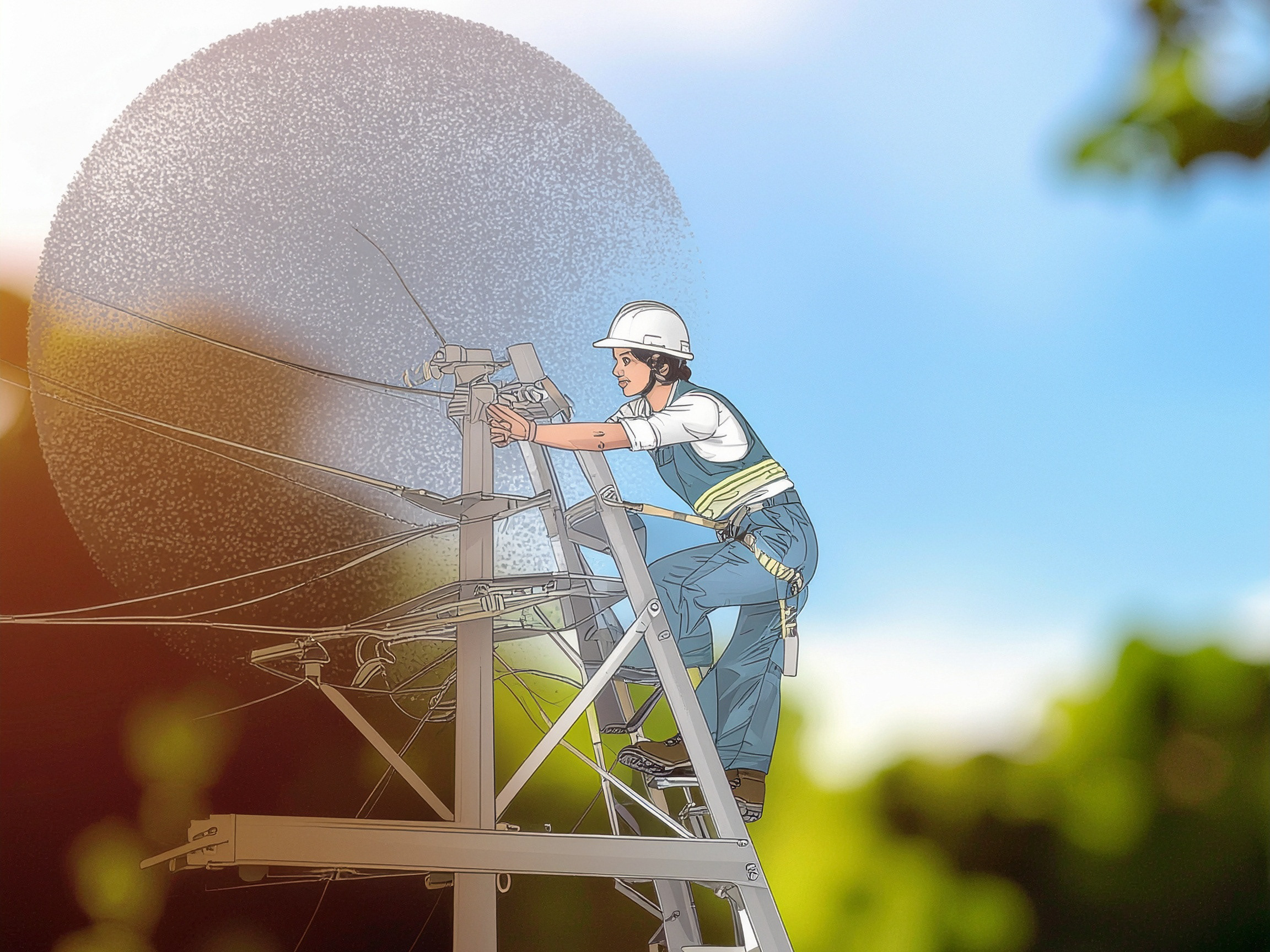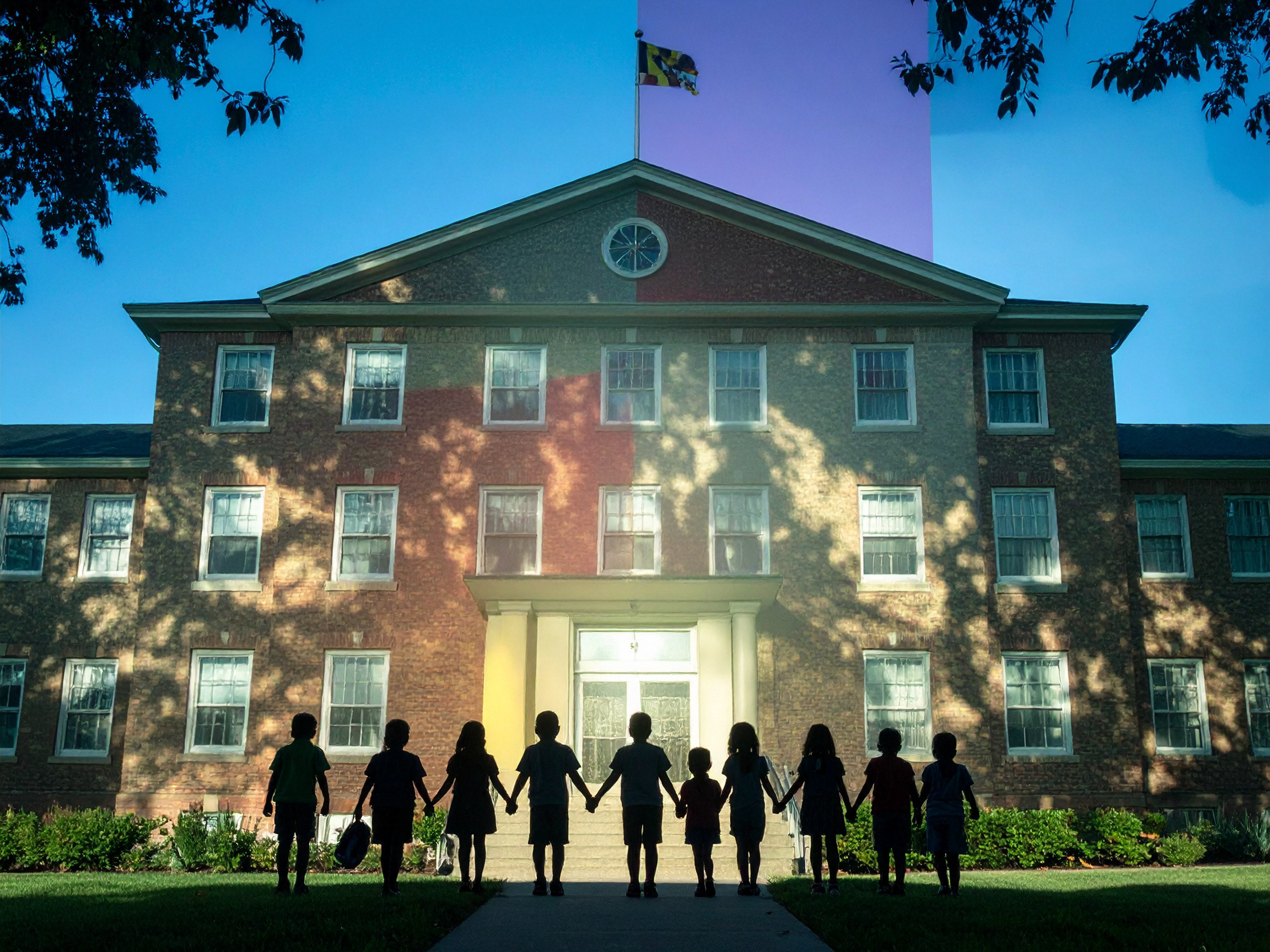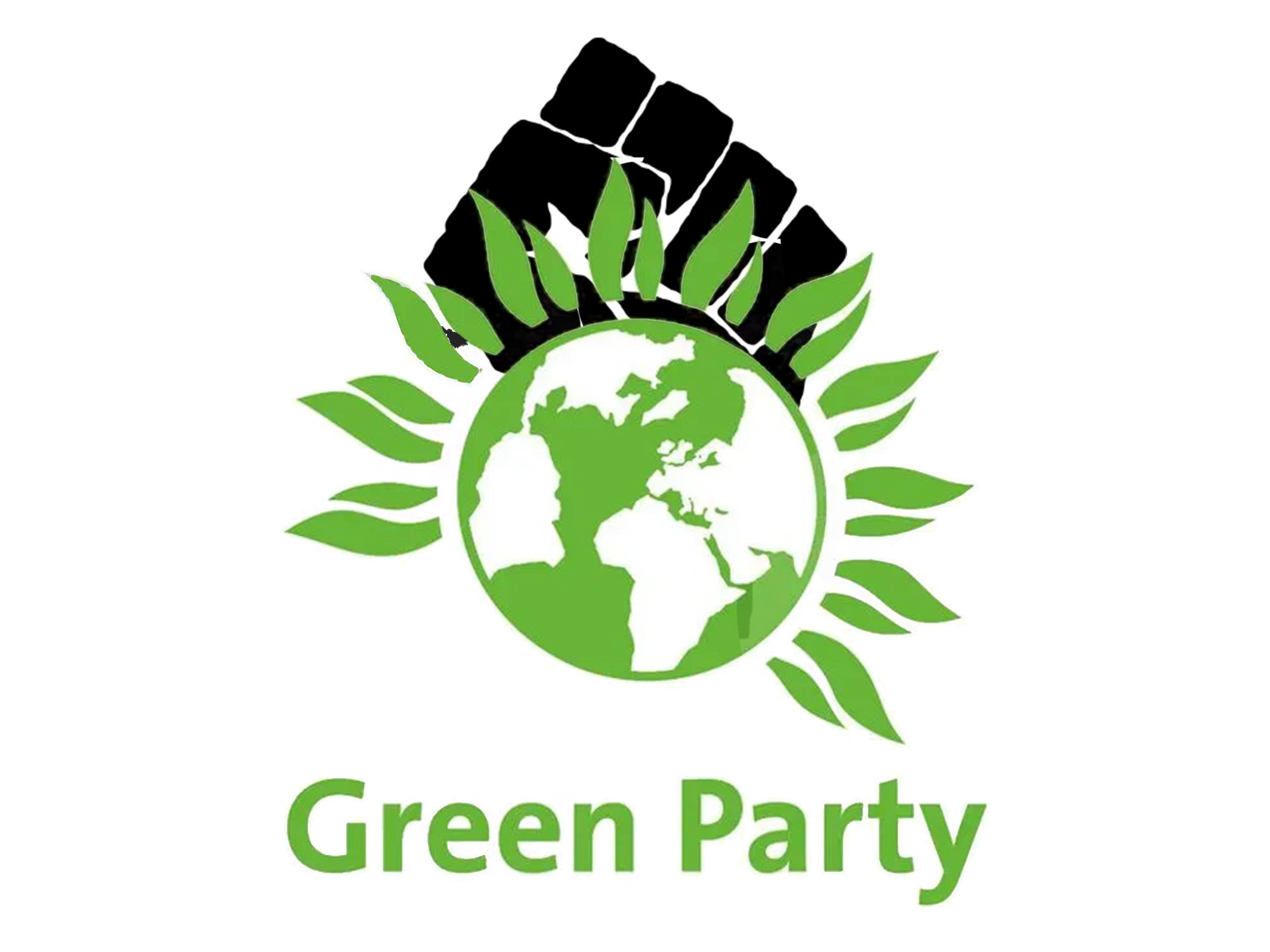Baltimore’s Blight
Aaron-Forrest Wainwright
For eight consecutive years, Baltimore has endured a steady decline in population as residents move out of the city looking for safer neighborhoods, better schools, and a lower cost of living.
This migration has led to fewer investment opportunities and more vacant properties across the city. However trends are starting to shift in favor of the city.
For the first time since 2014 Baltimore’s population has significantly grown. From 2023-2024 Baltimore welcomed more than 700 new residents.
According to Payscale.com, a website that aggregates data for cost of living rates around the country,..... housing and utility expenses are an average of 8% higher than the national average, and groceries are 14% higher.
On the surface, it made little sense why a city like Baltimore has a growing cost of living yet a shrinking population.
However, when we start to peel back the layers, we can begin to understand how some neighborhoods are shrinking while others grow.
When we compare growing communities like Patterson, Hampden, Federal Hill and Fellspoint, we can see clear trends how these neighborhoods stay connected with the rest of the city.
These areas all have reliable public transportation, grocery stores, banks, and internet connection.
This allows people living in these areas more access to the whole city, which translates into better access to work and opportunities to be a part of a community. This attracts more outside investment from private investors and from the city, ….. as opposed to areas that are declining like Sandtown, where nearly 40% of the population in the neighborhood don't have access to reliable internet in their home. During the pandemic, this issue crippled the community by putting many people out of a job with no reliable solutions.
Dr. Seema D. Iyer, Associate Director and Research Professor for the Jacob France Institute at the University of Baltimore Merrill's School of Business, tells National Public Radio in an interview that although crime usually gets the blame for Baltimore's steady decline, it is only one symptom of the larger sickness, which would be disconnected populations.
"Population decline comes down to lack of connectivity, and I don't just mean digital connectivity, but also social, financial, and civic connectivity," Dr. Iyer said. "Once a community becomes isolated, we start to see all sorts of resources not go to those neighborhoods." She continued, explaining that the clear trends in data collected from the census show consistent patterns of growth and decay around the city. "We need growth from a neighborhood level."
The disconnect between communities creates economic isolation zones around the city. Conflict translates into either political neglect and street violence. These social wars effectively cut off citizens from reasonable participation with the city at large. Businesses do not want to invest in dangerous neighborhoods, nor do they want to invest in economically depressed populations and the city loses any incentives to invest in a “sinking ship” when they could invest in a part of Baltimore that shows better promise of a return on investment, which translates into communities like Sandtown. The city and state are more incentivized to invest in and nurture neighborhoods that are already growing. While declining neighborhoods get state investment in the form of more police oversight rather than investment in social growth and connectivity.
City planners aren't just sitting idle though, Baltimore also has a $10,000 housing credit for first-time homebuyers to help pay for closing costs, and property tax exemptions for disabled veterans, hoping to encourage more homeowners to live in the city. The BaltimoreLink, a complete reconstruction of the Baltimore bus system, has increased rider use, has dedicated bus lanes and improved bus stops, servicing a larger population than previously. However, it's still not enough; more reliable transit like light rails and subways needs to service more of the city to facilitate growth without relying on dilapidating roads that were never meant for such high populations in the first place.
As for building stronger communities, the Department of Housing and Community Development has logged over 70,000 citizen complaints and 30,000 citations on vacant buildings, in Baltimore's battle against blight.
Then-Mayor Stephanie Rawlings-Blake launched the Vacant to Value program in 2010, the city's only blight elimination plan, which seeks to reduce blight and promote homeownership by renovating and selling abandoned properties. The program has been somewhat successful, but its impact has been limited by the small number of homes the city actually owns. Out of the 15,000 or more vacant properties in Baltimore, the city only owns around 10%. Acquiring more vacancies from negligent property owners can also be a difficult process.
Furthermore, the renovated homes are typically built in communities that are already on the rise and sold at prices that are often unaffordable to the original residents. While the program has contributed to successful growth in the city, its impact is limited and does not offer a solution to the overall population decline of Baltimore.
To further address blight from population decline, the city launched an urban agriculture plan in 2013, providing tax cuts for anyone using land in the city to grow crops for commercial or volunteer use. In 2019, the Baltimore Sustainability Plan was announced, encouraging more farmers to grow on vacant land, by leasing empty lots for $100 a year. By 2021, several urban farms had popped up in communities that needed them the most, covering a total of four acres. This is an exciting project because it allows communities to grow and build together while creating real equity for their own communities. However the program isn’t advertised at all and could be utilized by even more residents that need the development..
At the core of Baltimore's issues is poor social and economic, infrastructural connectivity throughout communities, which creates pockets of desperation and dependence due to a lack of investment and blight. To address this, Baltimore needs to invest in public transit, internet access, tax policies that incentivize growth, and community organizations dedicated to fostering a strong, positive community identity. By doing so, one day, Baltimore can live up to the title of the "Greatest City in America.”
—————————————————————————————————————-
~Baltimore Sun
https://www.baltimoresun.com/opinion/op-ed/bs-ed-op-1019-bnia-baltimore-population-loss-20221018-xxrc4tvq5bexxl25w43a6ppr5y-story.html
~ National Public Radio
https://www.wypr.org/show/on-the-record/2018-05-16/shrinking-city
~ Dr. Seema D. Iyer, Associate Director and Research Professor for the Jacob France Institute at the University of Baltimore Merrill's School of Business
~ Baltimore Neighborhood Indicator Alliance
~The Daily Record - David Fry, Journalist
~Department of Housing and Community Development
~2020 Census Bureau
~Mayor.Baltimorecity.gov
https://mayor.baltimorecity.gov/news/blog/2015-11-13-vacants-value#:~:text=In%20November%202010%20I%20launched,first%20comprehensive%20blight%20elimination%20plan.
Baltimoresustainbility.org
https://www.baltimoresustainability.org/projects/baltimore-food-policy-initiative/homegrown-baltimore/urban-agriculture-2/
MTA.MAryland.gov
https://www.mta.maryland.gov/baltimorelink-basics




